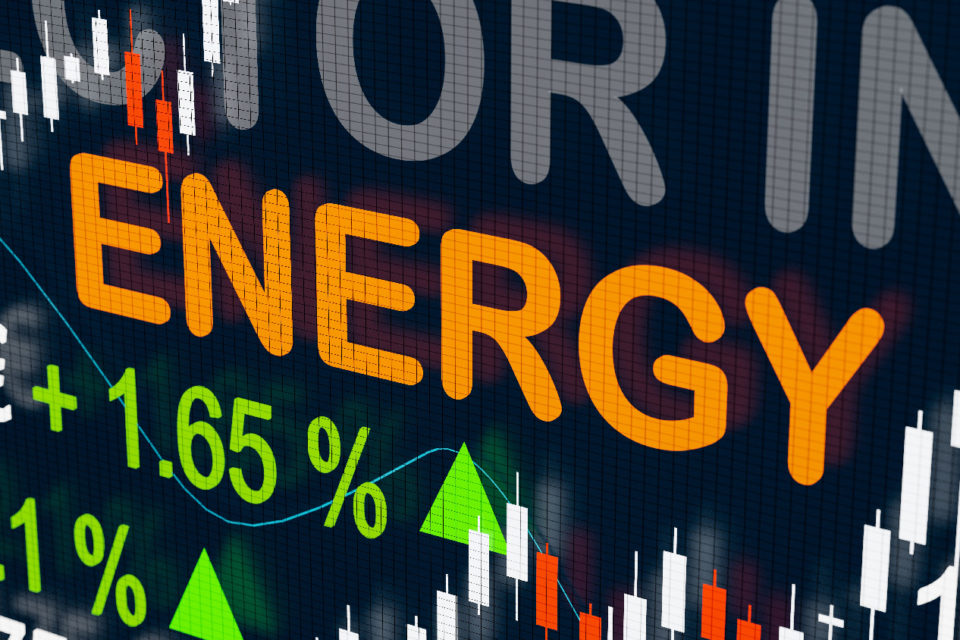Today’s Global Energy Realities Reinforce Coal’s Role

By Betsy Monseu, American Coal Council
The world has changed in dramatic ways over the last two years, from the coronavirus pandemic to Russia’s unprovoked invasion of Ukraine. Energy, at the core of everything, plunged with the pandemic-influenced demand decline of 2020 and rose on its recovery in 2021. On the cusp of energy markets returning to somewhat more normal conditions, war and sanctions have roiled them again. And Europe has been abruptly thrust into a reckoning of its energy policies.
Russia’s coffers benefited in a big way from the tight energy markets and rising prices of oil and natural gas. This bolstered Vladimir Putin’s Ukraine strategy and brought into stark relief Europe’s dependency on Russian energy. Russia supplies about 40 percent of Europe’s gas and some 20 percent each of oil and coal, and that reality is the basis for Putin’s energy leverage and weaponization.
Europe’s Policy Response to Russian Energy Dependency
Energy in Europe wasn’t always this way, but policies to limit the development and use of fossil fuels there handed a strategic advantage to Russia. As European gas production declined over the last decade or so, Russian gas exports stepped in to fill the supply gap.
Europe is now face to face with a fundamental energy security issue that the move away from their own fossil resources and a Russian autocrat have wrought. In the near-term, Europe seeks replacement or supplemental gas supplies, but the tight market and LNG terminal capacity will be challenges. What else can help Europe in this energy crisis? Extending nuclear plants that were to be phased out may help. Running coal plants planned for closure would help, especially if doing so conserves gas. But gas remains the biggest issue. It has been acknowledged that energy rationing may come to pass. Building new LNG terminals, as Germany plans to do for two facilities, would take at least three years.
An essential feature of reliable and secure energy is a diverse power generation asset and fuel portfolio. A mix of resources is extremely important because it provides flexibility and optionality. The advantages of one resource type can offset the disadvantage of another. Competition between fuels provides the opportunity to mitigate costs and volatility for consumers.
Within two weeks of Putin’s invasion of Ukraine, the European Union (EU) announced a new plan to expedite a shift away from Russian energy before 2030. It involves more of what the EU has already been doing – wind and solar – and drops in clean hydrogen. Infrastructure to manufacture, import and store renewable hydrogen would be quickly built out under the plan. What will this new plan cost consumers and businesses? What is its technological feasibility? What is its full life cycle environmental footprint?
The effort to get off Russian gas, oil and coal would be fueled not by developing and using Europe’s own fossil resources or even importing them from allies. Instead, it would double down on wind and solar which have their own security and reliability issues, principally with regard to (1) sourcing of materials and components and (2) the intermittency of these power generation sources.
Many of the minerals, metals and components for wind turbines and solar panels will need to be imported and China and Russia are key global suppliers. China controls the global production of solar photovoltaic components, as shown in Figure 1 below. Russia is a leading producer of nickel, palladium and other metals used in energy applications, especially in batteries and vehicles and electric vehicles.

How can a plan that replaces reliance on Russian fossil fuels with reliance on both China and Russia for materials and components for renewables and electric vehicles be considered a move to shore up energy security and independence? How can increasing the unreliable generating sources that need battery backup requiring materials from the bad actors or other redundant backup generating capacity be considered a move to support dependable, affordable electricity? Europe was already in an energy crunch and rising price environment through much of 2021 and into the winter of 2022, and lower wind production was a contributing factor.
Often, wind and solar are not available when needed the most – on very hot or cold days. This mismatch between demand and supply sometimes results in electricity shortages – another energy security issue.
Additional generation capacity needed from other resources, so they can be ready to fill in the availability gaps of renewables, is inefficient and costly. It adds to the environmental footprint of renewables because without them redundant capacity is not necessary. Also, there are environmental and cost impacts of transmission projects to bring power produced from renewables to population centers. And finally, the end-of-life decommissioning and disposal aspects must be considered.
Coal complements all other energy resources and fuels. Coal power plants can provide electricity on-demand regardless of weather conditions. They are fuel-secure, and that reinforces their on-demand capability. They do not rely on pipelines or just-in-time delivery.
As Europe continues plans to address the new energy reality, it would be shortsighted to close off options that can make significant contributions to energy and economic security. And if CO2 emissions are the reason for shunning coal and shutting down coal power plants, then it’s time for meaningful development and deployment of carbon capture and storage which the International Energy Agency and others say is a necessity to achieve global CO2 emissions reductions objectives.
U.S. Energy Policy in the Context of Europe’s Travails
The U.S. has been going down the same path as Europe, with the electricity resource mix characterized by growing natural gas and renewables capacity while coal capacity continues to be shut down. This has significant implications, especially in light of new global energy and geopolitical realities and the unknowns of how they will play out over time. In America, there are energy security issues, though not in the way Europe currently faces them.
One aspect of energy security is fuel security. Natural gas power plants are dispatchable baseload assets but fuel is often supplied on a just-in-time basis and that increases risk. Renewables are not dispatchable and their intermittency increases risk. Coal plants are both dispatchable and fuel secure.
Fuel security was analyzed by America’s Power, which found that almost 40 percent of our nation’s total electric generating capacity is not fuel secure. Their analysis included natural gas capacity without dual fuel capability combined with renewables capacity.
Another aspect of energy security is electricity availability. With more renewables and fewer traditional dispatchable generation sources, reliability is increasingly challenged and electricity shortages are taking a toll. In Texas during winter storm Uri in 2021, widespread blackouts affected four million people and there were over 200 deaths. And during an August 2020 western heat wave, California had to institute rolling blackouts and emergency conservation measures. In both states, policies had increased reliance on variable renewable sources and closed conventional generating plants.
From a policy perspective, “all of the above” including coal remains a wise approach. Polling has shown that nearly three-quarters of Americans believe in an all-of-the-above energy strategy that includes coal, natural gas, nuclear power and renewables. It also shows that more than half of Americans think the U.S. government should support coal and nuclear power plants, given their ability to provide electricity 24/7 and their use of fuel stored onsite.
U.S. coal reserves are particularly abundant – larger than any other country in the world. This is an important source of energy security that would be severely diminished by a “keep it in the ground” policy. Coal is a significant operational and marketing hedge against natural gas. The importance of fleet and fuel diversity cannot be overstated.
The energy insecurity and lack of energy independence in Europe should send an unmistakable message to the U.S. that our country must not continue on the path to eliminate coal, oil and gas from our energy mix or throw up barriers to its responsible development. Our fossil fuels are foundational to a strong economy and are a strategic energy advantage. This is more important than ever as our nation grapples with historic inflation and the new geopolitical reality. If Putin the autocrat can use energy for nefarious purposes, the U.S. can and must use it for good ones. Energy is a geopolitical means to support democratic values and bolster our allies and strategic partners.
The Strategic Importance of Coal to Global Energy Security
The BP Statistical Review of World Energy 2021 shows the fundamental importance of coal globally and thus its importance to energy security. Coal continues as the second largest primary energy source worldwide after oil and also accounts for the largest share of electricity generation. These positions have been held for decades. Coal’s essential role in steelmaking continues as well.
The role of the U.S. as a global leader is more important than ever. The strategic role of energy as part of national security is abundantly clear. Our nation is fortunate to have diverse and plentiful energy resources. Inclusive energy policy and technology innovation are key tenets for energy security, economic strength and being prepared for whatever the future brings.








